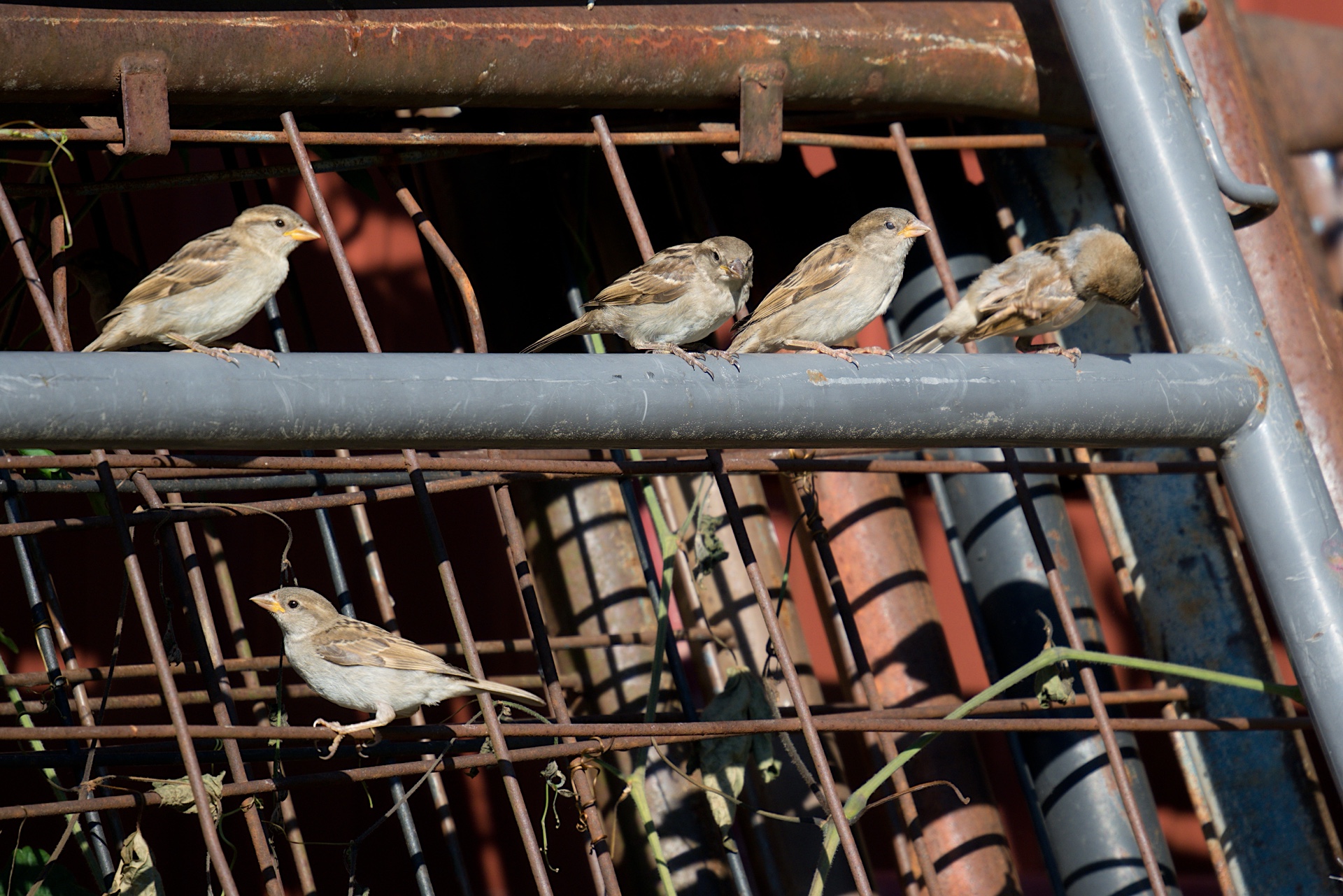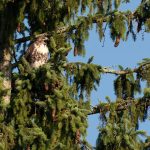After spending time with other birders, I’ve found that finding a rare or “uncommon” bird is a major driver of most people’s interest in the hobby. Spotting birds via binoculars and keeping an eBird or lifetime birding list is satisfying, especially during migration seasons. After going through two spring and one winter migration, plus photographing birds all twelve months, I’m looking at this differently.
Bird Watching and Bird Photography Are Different
I often see fellow enthusiasts on the trail and ask what they’ve seen during their hike. In almost all cases, they have seen birds I’ve not seen, even when spotting them in the same location. At first, this was frustrating, but as I’ve taken more pictures, I’ve found that spotting and photographing birds require different skills. Certainly, you need to spot the bird first, but if the bird is too high in the trees, buried in bushes, or backlit due to poor lighting, you can’t get a good photograph, so the experience is less satisfying. In many cases, the birds you can most easily photograph are more “common” birds, such as sparrows, catbirds, red-winged blackbirds, and robins.
A Different Approach To Bird Photography
It’s great to find uncommon birds, such as warblers, vireos, and wood thrushes, during migrations and when they nest. However, when migrations and nesting are over, I’ve decided to build my bird photography skills by photographing common birds doing uncommon things. I look for groups of birds, unusual expressions, and locations. This is often very challenging because you focus on the bird and its surroundings, trying to capture just the “uncommon” moment. But it can be as satisfying as capturing an uncommon bird during migration and nesting season. Also, the skills you learn as you find common birds doing uncommon things help you immensely when you locate and photograph more uncommon birds.
Here are some examples of “Common Birds Doing Uncommon Things” you can use for inspiration.
“There’s Always One Non-Conformist In The Group!”

Sony a6700, Sigma 150mm to 600 lens, shutter speed = 500, aperture = f6.3
I found this group of birds near a barn recently – all of them landed facing right, then one moved down and faced left which made an interesting picture.
“Hey, Look At What I’ve Got!!!”

Sony a6700, Sigma 150mm to 600 lens, shutter speed = 640, aperture = f6.3
I took several pictures of this song sparrow as it tried to catch bugs. After it caught one, it stretched its neck as if to show others nearby what it had caught.
“I’ll Get It!”

Sony a6700, Sigma 150mm to 600 lens, shutter speed = 1000, aperture = f6.3
I caught this chipping sparrow hovering around some grasses, looking for food. It was unusual because it acted like a hummingbird moving from stalk to stalk in its search for food.
“Look Out Below!”

Sony a6700, Sigma 150mm to 600 lens, shutter speed = 1000, aperture = f6.3
This catbird was in a tree eating berries when he took off for a lower branch, and I caught him mid-air for an interesting shot.
Summary – Common Birds Doing Uncommon Things
I’m always hunting for my next great bird to photograph and add to my lifetime list. Unfortunately, they are not always around when I’m on my hikes. Rather than go home empty-handed, I’ve started looking at any bird I come in contact with to see if I can catch them in an uncommon situation or location. This has increased the number of bird pictures I’ve taken and contributed a lot to my practice of locating and photographing birds. The next time you’re out photographing birds make sure to check out the ones you might otherwise ignore for some great pictures!






0 Comments